
Mission “Raccoon Removal”: This Guy’s Live Tweets About How He’s Trying To Get A Raccoon Out Of His House Are Seriously Hilarious
While most people really admire wildlife and the natural world, we still prefer for it to stay out of our homes. However, more and more wild animals are starting to hack life in the city. A creature could be nesting inside a house and there would be no way of knowing that it even exists in the first place.
This is what happened to Twitter user Drew Olanoff, whose electrician told him that he had a raccoon living in the attic. Plus, the new inhabitant looked like a big fan of king snow crabs “because he has a bunch of them up there.” Here comes the plot twist—the family did not have any snow crabs.
Scroll down to read his live tweets about the journey of this raccoon’s removal and make sure to let us know what you think in the comment section below.
Drew Olanoff found out that he had a raccoon living in the attic and started to live-tweet the whole situation
Image credits: yoda
Image credits: yoda
Image credits: yoda
Drew Olanoff is a communications specialist who enjoys telling stories to more than 35.8K of his followers on Twitter. This time, he shared his experience with one particular raccoon, or as we like to call it, a trash panda, that took over his attic and, apparently, was eating way better than most of us.
This story involves many ups and downs of trying to find out how the raccoon got there, why the family didn’t know about it and how on earth they should remove it in a humane way.
While raccoons are used to getting in all sorts of trouble in people’s homes, they’re actually best suited for riverine environments. Their Latin name Procyon lotor means “before the dog” and “washer”, which seems to be related to the fact that raccoons often searched for underwater food near the shore.
It seems that the new inhabitant has been living there for quite some time
Image credits: yoda
Image credits: yoda
Image credits: yoda
Image credits: yoda
Image credits: yoda
When people started to move to the cities, raccoons did too. These creatures just love going through household waste in order to find a few tasty bites of leftover food. Even though folks think of the most clever solutions, buy the best locks or put up a variety of barriers to keep the trash bandits away, the animals will probably come up with a plan to beat your efforts.
This is one of the reasons why some scientists are studying species that seem to start figuring out different ways to live amongst people. Lauren Stanton, a Ph.D. candidate at the University of Wyoming, toldBBC about her research on how raccoons respond to puzzle boxes that give out dog food as a reward. The containers only dispense food if the wild animals press the required button inside.
The Twitter user and his wife started booking appointments for this raccoon’s removal, and it’s hilarious
Image credits: yoda
Image credits: yoda
Image credits: yoda
Image credits: yoda
Image credits: yoda
Image credits: yoda
Image credits: yoda
Image credits: yoda
Image credits: yoda
Image credits: yoda
Image credits: yoda
Image credits: yoda
Once they learn that it’s the left button that’s responsible for the prize, the mechanism is flipped. However, later on, the animals figure out that they need to press the right button instead. “They are making rapid associations and they are able to alter their behavior,” Stanton explained. “And they get better at this over time.” This study suggests that raccoons have cognitive gifts that allow them to flourish in human environments.
Urban raccoons could be considered street-smart animals. Suzanne MacDonald, a psychologist and biologist at York University in Toronto, Canada, suggested that humans in cities are changing these creatures, and this shift is happening right now. She researched raccoons living in rural and in urban sites, with the help of problem-solving experiments.
After filming them for hundreds of hours, she found that none of the 22 rural raccoons could get into the complicated trash can in order to get the food, while 80 percent of the city animals did. “It was startling to me—I didn’t expect that,” she said.
Finally, a guy from wildlife control came to their rescue
Image credits: yoda
Image credits: yoda
Image credits: yoda
Image credits: yoda
While they seem to be getting smarter, the world is also becoming a better place for these trash bandits to live in. There’s a study that found what climatic conditions are suitable for these North American mammals and how that will change with global warming. The researchers found that raccoons have a “tolerance to a very wide range of bioclimatic conditions, resulting in vast areas favorable to the species at a global scale.”
These animals have been moved to different parts of the world due to the pet trade or commercial purposes (like selling their fur). Because of this reason, they have been introduced to many places worldwide. From regions as diverse as “the Caribbean mangroves, the European temperate forests or the Laurentian mixed forests of North America,” they thrive in a variety of different conditions.
What’s most concerning is their spread to the northern parts of the world, since the ecosystems there are extremely fragile and could suffer from such invasive species.
The situation took quite an unexpected turn and revealed that there were in fact no crab legs and no raccoon
Image credits: yoda
Image credits: yoda
Image credits: yoda
Image credits: yoda
Image credits: yoda
However, the raccoons did not conquer the house of Drew Olanoff and his wife, as we found out at the end of this thread. Even though there was no actual trash panda and no king snow crabs, it was quite a journey. Just imagining the little raccoon having a great time in the attic while eating a gourmet meal is adorable, entertaining and can definitely put a smile on your face.
Here’s what other users thought of the thread
Image credits: HiMollyRose
Image credits: Mbroseburg
Image credits: TheOperaGeek
Image credits: lu6070
Image credits: ProcessSavedMe
Image credits: TheHopsbride
Image credits: HgwrtsXps
Image credits: wiedelkenny
Image credits: Clipper1018
Explore more of these tags
Me too, WTF is that leggy thing being held in the photo?
Load More Replies...This was incredible. I would like to know what the crab leg looking things actually were though....
Drew himself said "we have no idea. some sort of plant????" i think it may be a dried up fungus. maybe Aseroe rubra 220px-Anem..._above.jpg 
We have like 6 or 7 opossums in our attic..one is pregnant...we've trapped 3 so far. It's not fun, lol (we release them about 10 miles away in a nice wooded area by a pond)
Me too, WTF is that leggy thing being held in the photo?
Load More Replies...This was incredible. I would like to know what the crab leg looking things actually were though....
Drew himself said "we have no idea. some sort of plant????" i think it may be a dried up fungus. maybe Aseroe rubra 220px-Anem..._above.jpg 
We have like 6 or 7 opossums in our attic..one is pregnant...we've trapped 3 so far. It's not fun, lol (we release them about 10 miles away in a nice wooded area by a pond)

 Dark Mode
Dark Mode 

 No fees, cancel anytime
No fees, cancel anytime 






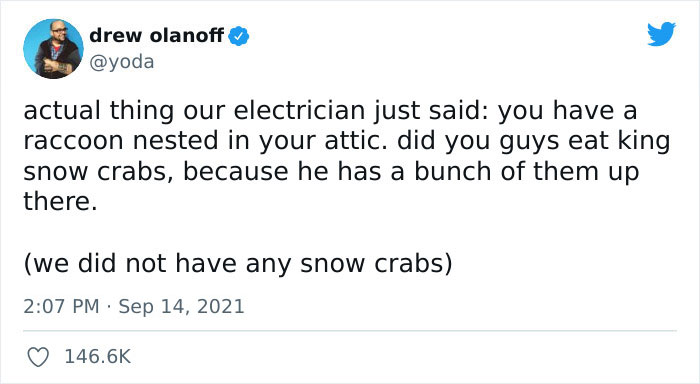


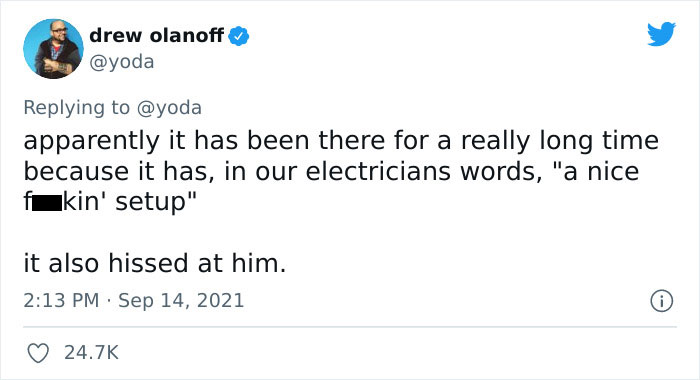







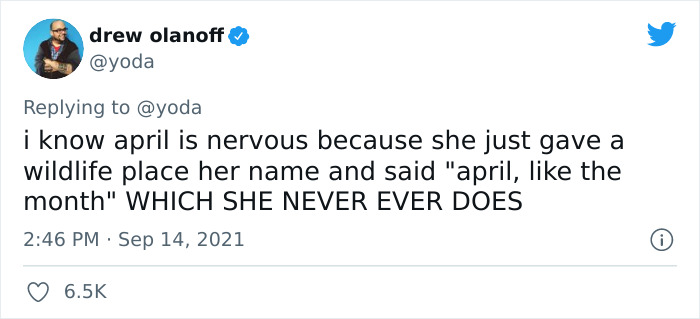






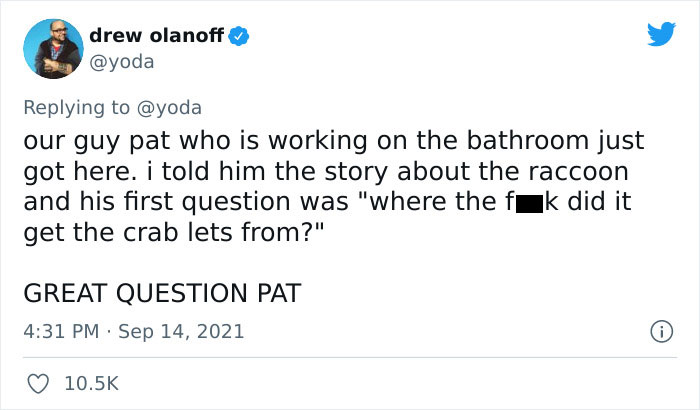

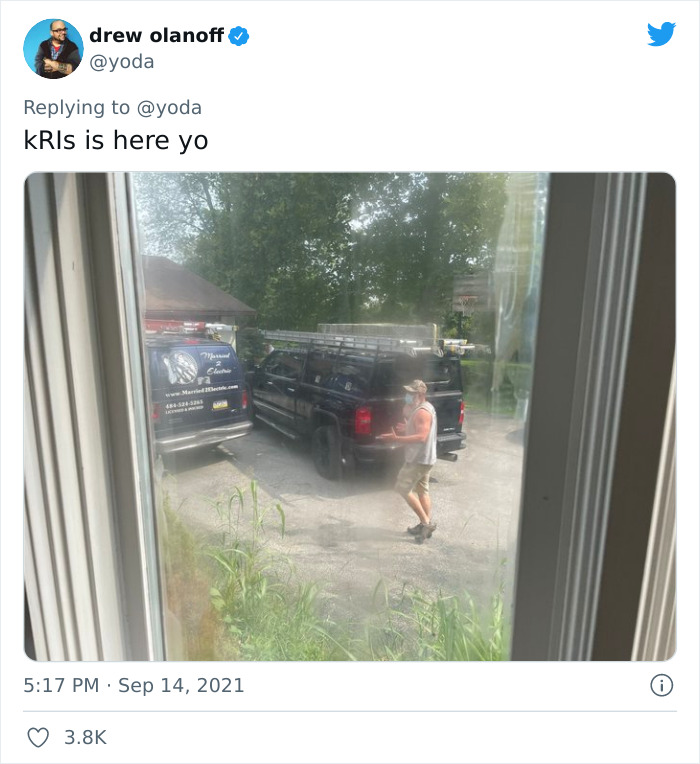






























































156
28